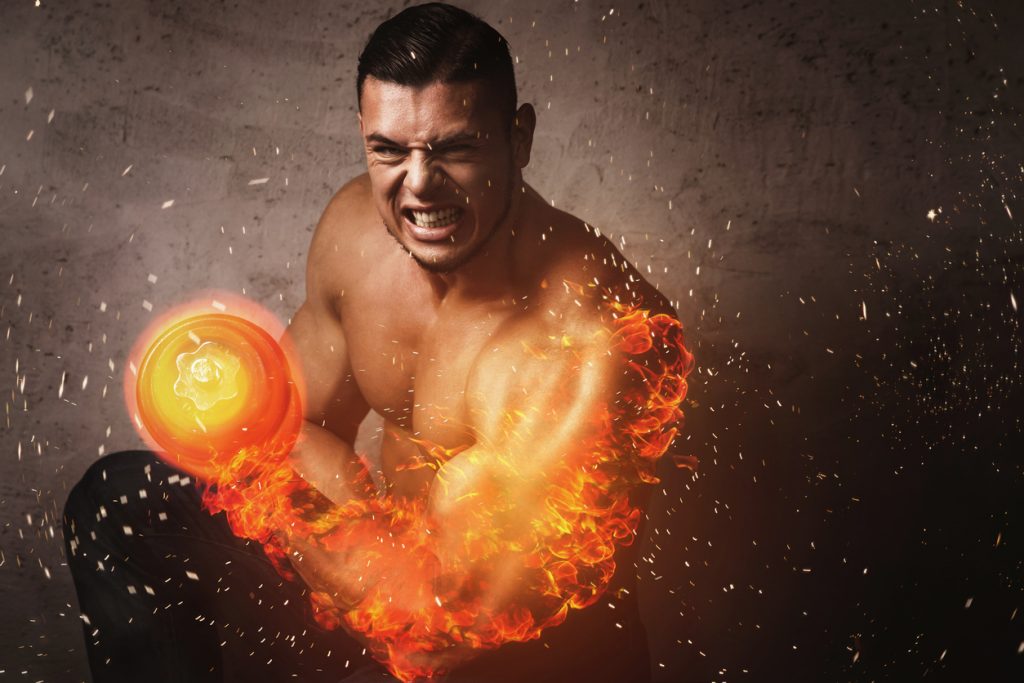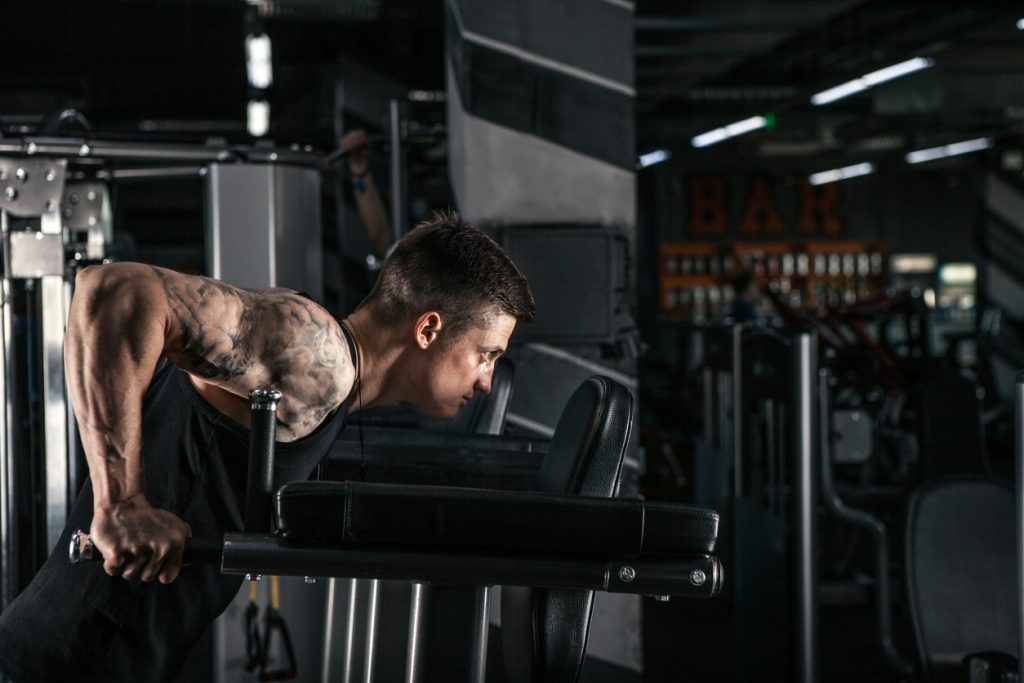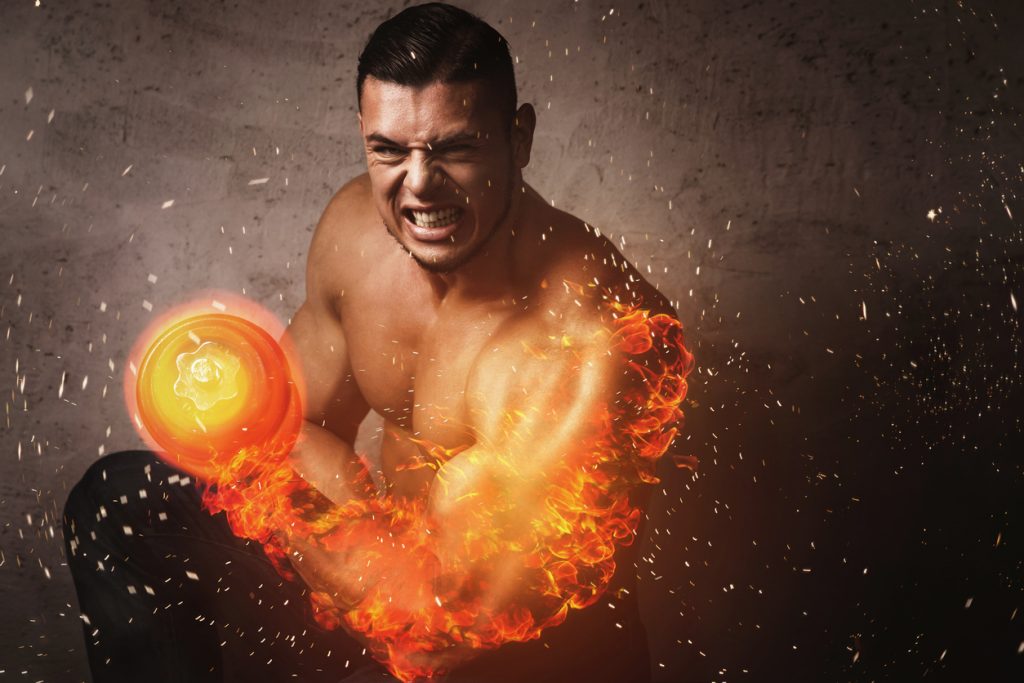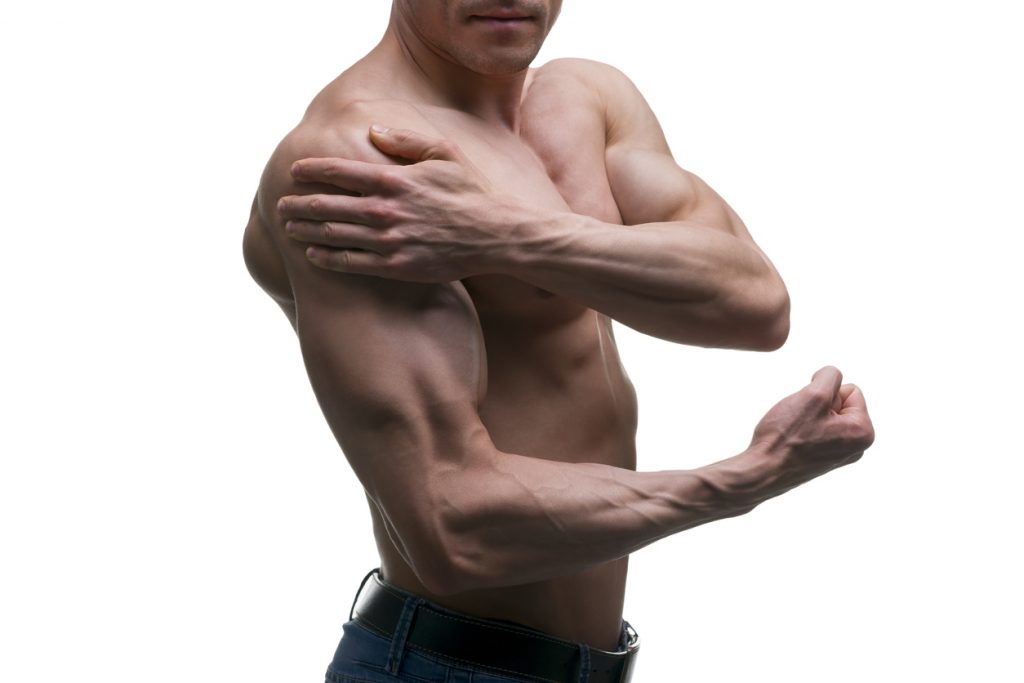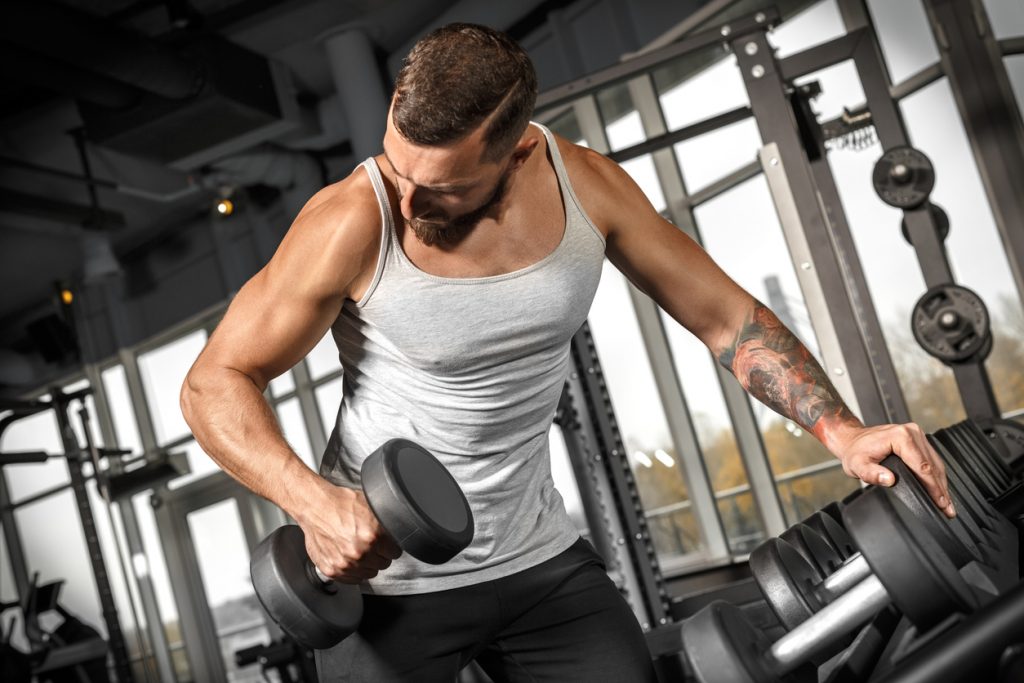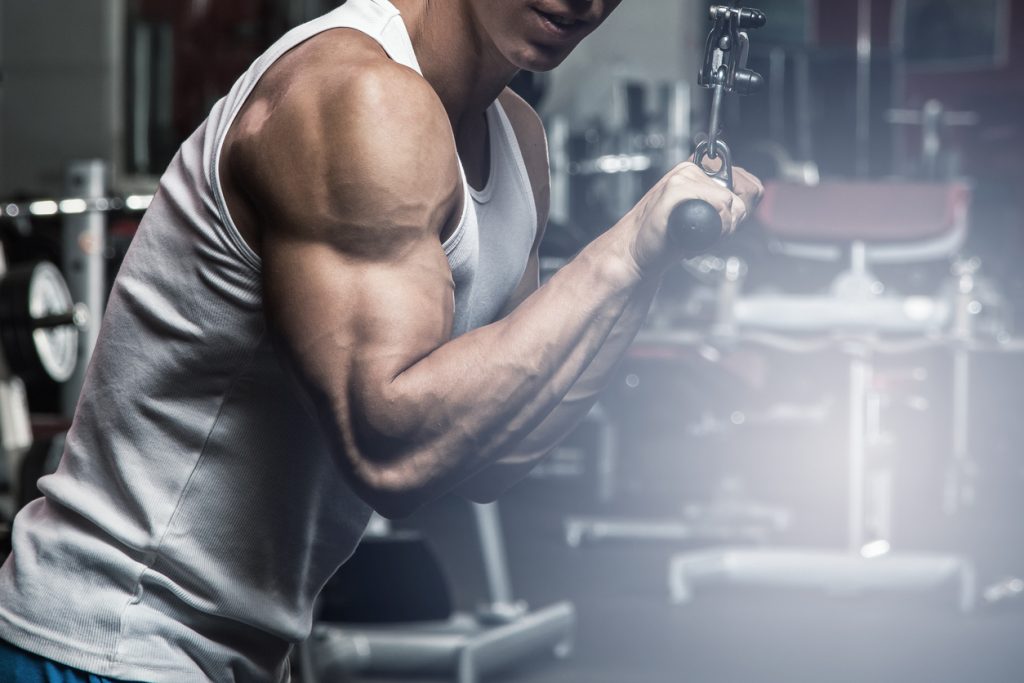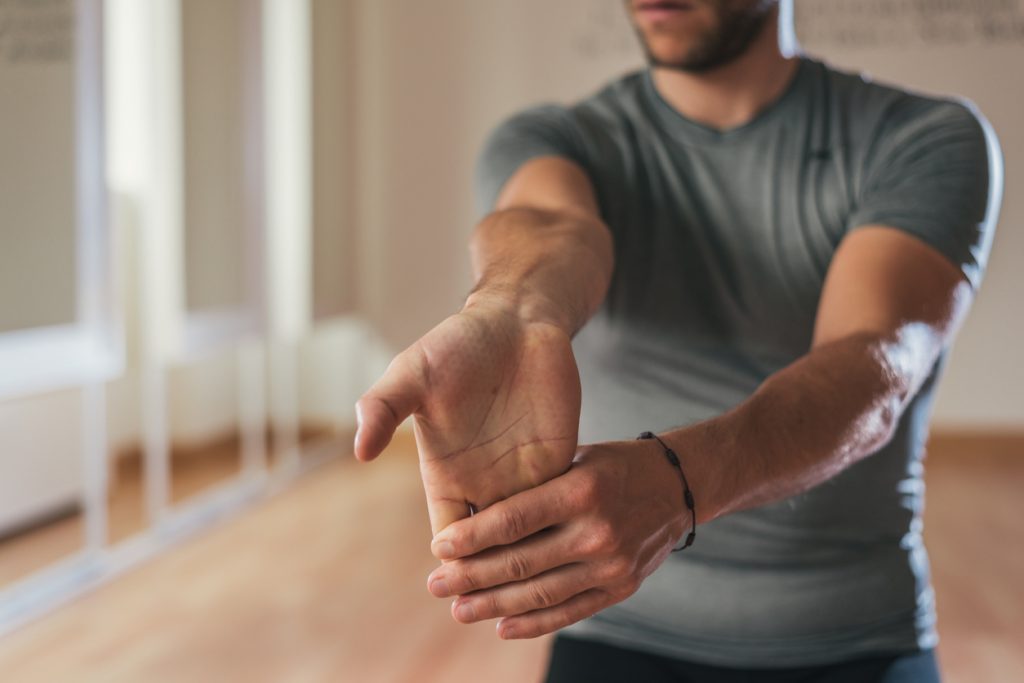How to increase your Biceps
The biceps brachii, anterior brachialis and supinator longus form the elbow flexor muscles. They are the largest and most notable muscles in this part of the body.
A polyarticular muscle, the biceps crosses both the elbow and shoulder joints. It has two different fascicles that ensure elbow flexion.
The long portion
The long portion fits over the shoulder blade at the level of the glenoid cavity. More precisely, you will find it in the upper part of the shoulder joint.
Its original tendon stretches laterally before running along the arm through the joint capsule. It then runs along the bicipital groove of the humerus. The humerus is the bone of the upper arm.
When you work your pectoral muscles or the muscles of your back (bench press, vertical pulls...), you expose the long portion to possible injuries. The risks will be even greater if the shoulder girdle is not balanced. Indeed, the long portion is the only muscular framework capable of stabilising and ensuring the forward movement of the humerus.
The long portion actively participates in the abduction of the shoulder. It is thanks to this muscle that you can perform certain movements, such as lateral elevation. But that's not all! It also allows for external rotation of the arm. Yes, this movement is possible. However, the shoulder girdle must be strong enough.
The short portion
The short portion is attached to the coracoid process. It is a bony protrusion that is located in front of the scapula. Without the short portion, it is almost impossible to perform certain flexion movements of the shoulder. For example, to perform forward raises, you will need this muscle.
Note that the two biceps bundles join to form a common ligament. This ligament crosses the juncture of the elbow and attaches to the radius bone of the forearm.
The anterior brachialis
The anterior brachialis is easily identified by its location. It lies below the lower part of the biceps. It starts on the lower anterior part of the humerus and ends on the upper part of the ulna in the forearm.
The anterior brachialis is not only involved in elbow flexion. This muscle is also used in biceps training. Inserted in the ulna, it allows you to perform any hand movement. This includes supination and pronation.
Studies even show that the anterior brachialis is one of the most used muscles of the elbow flexors. It even balances the forces that the anterior brachialis exerts on the radius of the forearm.
The coracobrachialis
The coracobrachialis is a spindle-shaped muscle on the upper and inner arm. It inserts onto the coracoid process and ends at the middle of the medial border of the humerus.
The coracobrachialis has two distinct functions:
- Elevation of the arm,
- the movement of the arm forwards and inwards.
This muscle is also involved in adduction and flexion of the scapulohumeral joint. Above all, it provides stability.
The long supinator
The supinator longus runs along the forearm, engaging above the elbow to emerge towards the tip of the radius at the wrist. The particularity of this muscle lies in its capacity to carry out movements that are almost impossible for the biceps and the anterior brachii. In particular, it contributes to certain flexion movements.
The supinator longus also ensures the stability of the radius and is classified as an elbow flexor muscle. It acts as a supinator when the hands are pronated. Conversely, it acts as a pronator when the hands are supinated.
On the other hand, when the wrist is in a neutral position, the long supinator will tend to contract, thus boosting its efficiency. Supination movements (coupled with flexion movements) are also useful in developing the muscle.
The pronator ring
The pronator ring is small and runs diagonally along the front of the elbow. On closer inspection, it can be seen that a section of this muscle is covered by the supinator longus.
It should be noted that the pronator ring and the pronator quadratus work together. The latter is located near the wrist. It plays two roles:
- that of supinator of the forearm,
- It acts as a flexor, especially when moving against resistance.
The pronator round interacts with the biceps when it pronates, while the biceps supinates. The result? You maintain good balance without your hands changing orientation in supination.

